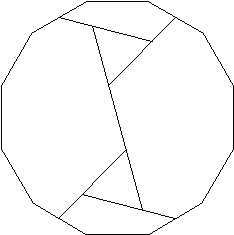|


|

Below are several optical illusions that you can perform at home. None of these illusions require extensive preparation and can be done using ordinary items which you should be able to find around your house. If you know of any good ones that are not listed here, please let us know about them. Hole in Hand
Effect: For this illusion, you'll first need to find a small tube. A cardboard paper towel tube works great for this illusion, although if you can't find one, you can always roll up a sheet of paper into the same shape or find something else that is similar. First, you want to hold the tube in front of one eye and with both eyes look at something in the distance (10 to 15 feet away). Next, your free hand (the one not holding the tube) up in front of the eye that is not looking through the tube so that your hands. Your hands and eyes should now be positioned similar to the illustration above. What You'll See: You should see a round hole in the palm of your hand. The object that you were looking at in the distance should be perfectly visible through this hole. Floating Finger What You'll Need: Two hands, two eyes. Effect: Hold your two hands in front of you at eye level. Point your index fingers towards each other, as illustrated in the picture above. Leave a little space (an inch or so) between your two index fingers. With your fingers at eye level, stare at and focus on a wall or an object in the distance (a few feet away). What You'll See: You should see a finger with two ends floating in between your two index fingers. If you are having problems seeing it, try moving your fingers toward your eyes (keeping them at eye level). Try this illusion with your two index fingers actually touching each other as well. Geometric Dissection Puzzle This page contains a geometric dissection puzzle that you can try at home. The shape shown below is a 12-sided polygon, known as a dodecagon. Print this page, then use scissors to cut out the dodecagon and also to cut it into pieces along the lines shown. The challenge is then to reassemble the pieces to form a hexagon, which is a 6-sided polygon. This dissection was discovered by Ernest Irving Freese sometime prior to 1957. The dissection was found by overlaying two tessellations, one of dodecagons and triangles, and the other of hexagons and triangles.
|
||||||||||||||
Home Galleries Galleries Test & Games Test & Games News News Brain Soft Brain Soft About AboutLookMind.com© 2006 | E-mail: allillusion@gmail.com | Privat Policy |










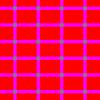

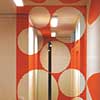
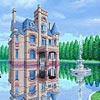
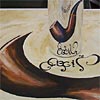
 Several optical illusions
Several optical illusions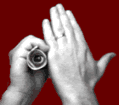 What You'll Need: One tube, two hands, two eyes.
What You'll Need: One tube, two hands, two eyes.

